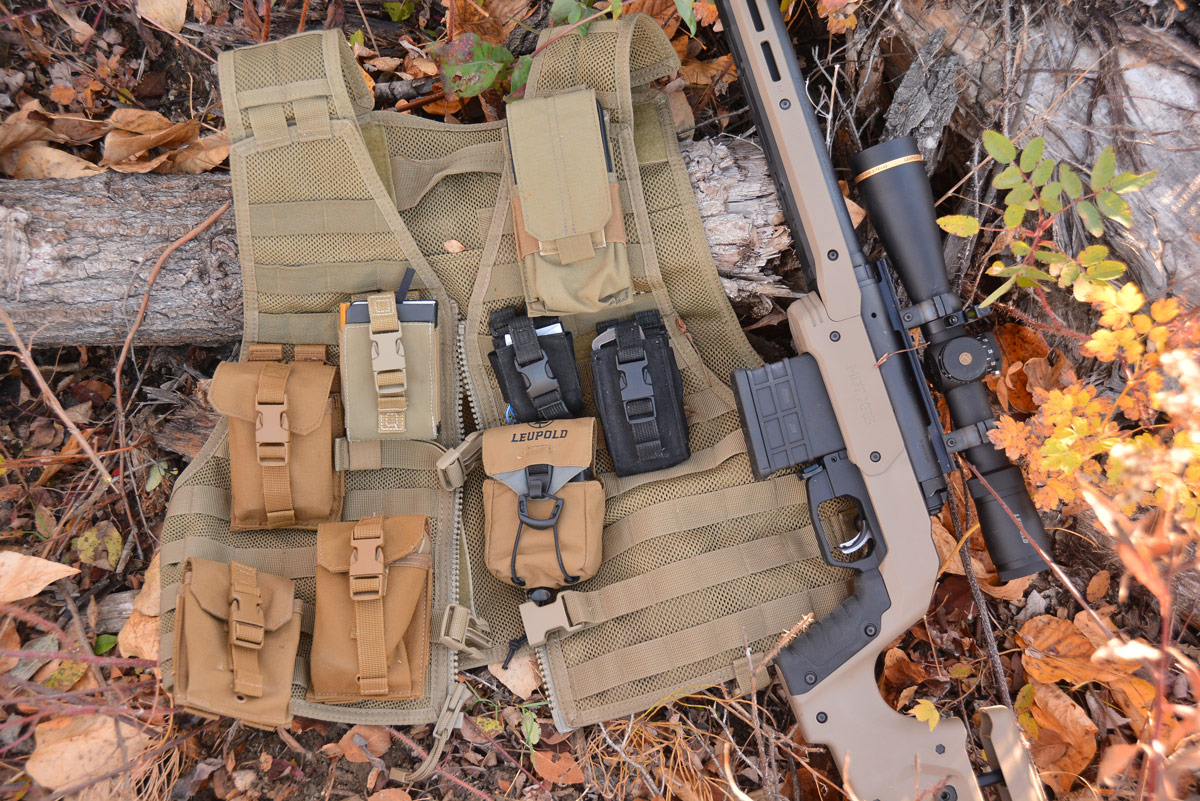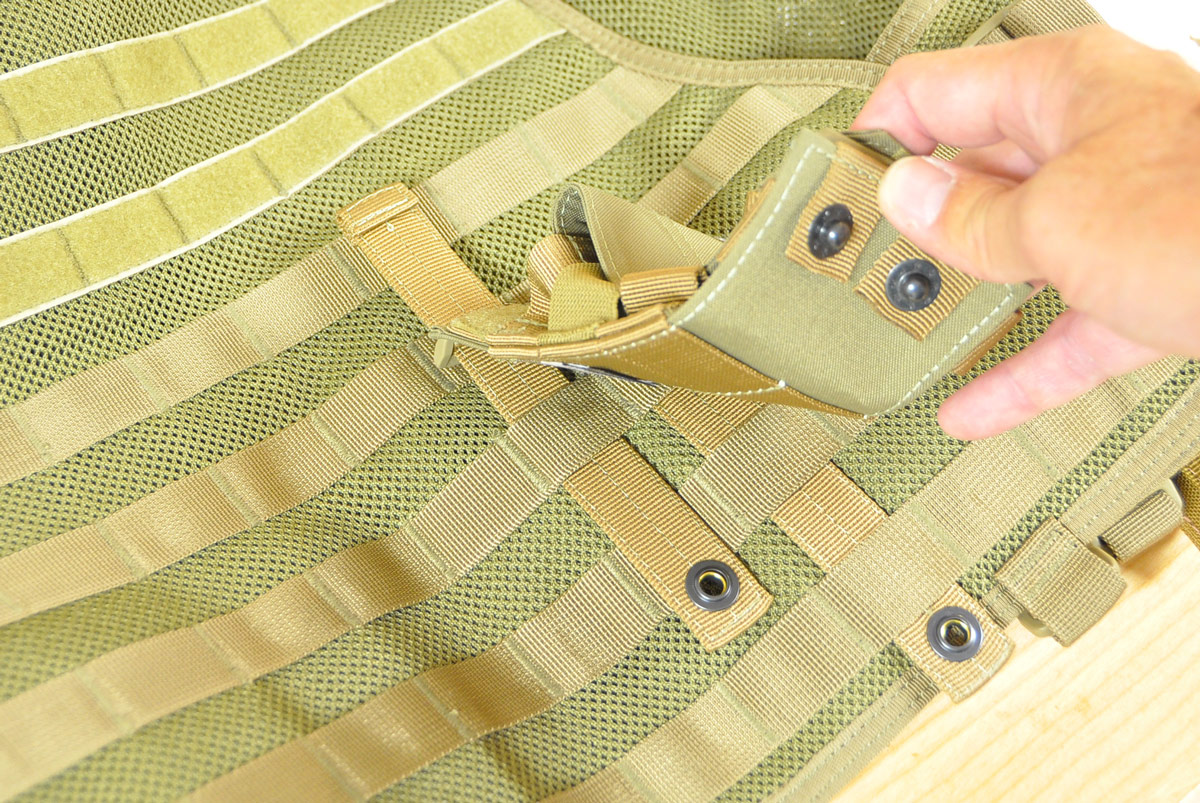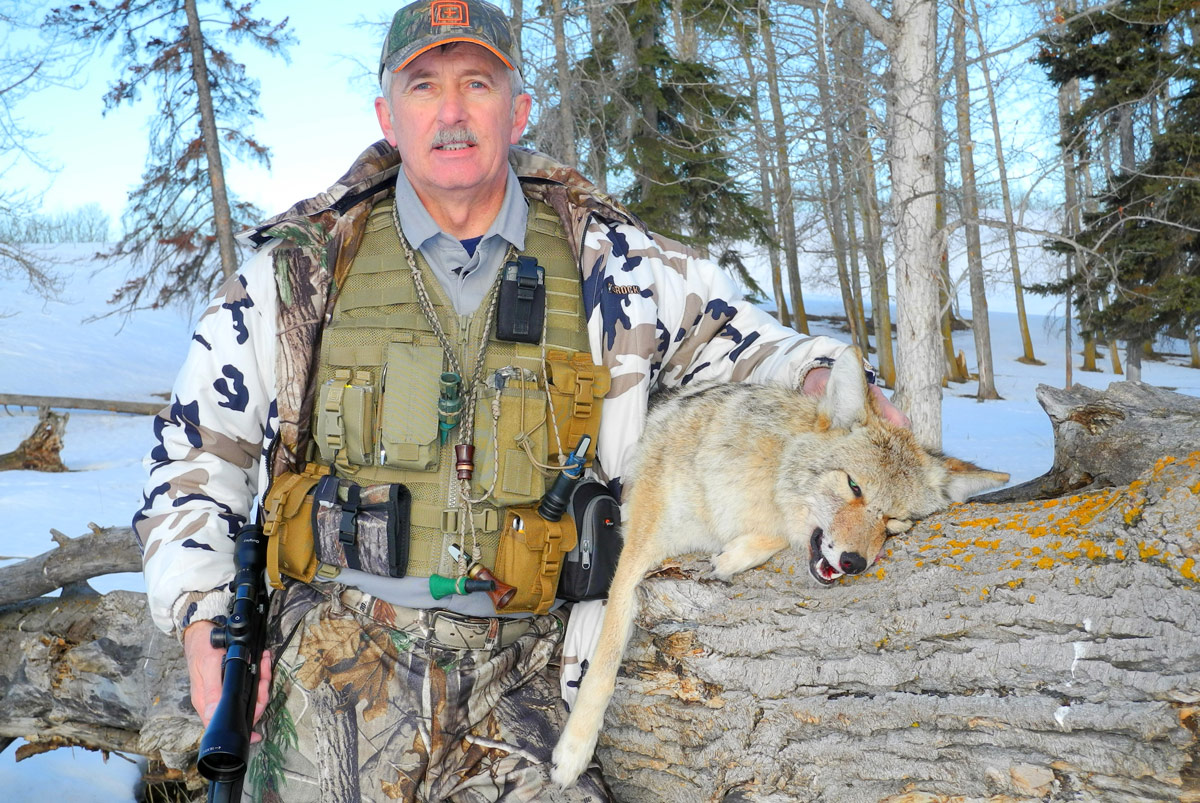Posted by Al Voth on 2022 Jan 13th
The Modern Hunting Vest
I confess to being a vest junkie. I love them and have a section in my closet devoted to that garment alone. So, it's obvious I would own a hunting vest or two and always be on the lookout for a new and improved version. On one of my annual visits to the SHOT show in Vegas, I stumbled across several new vests, sparking a chain of events that culminated in what I call a modern hunting vest.
That year, a manufacturer displayed a new predator hunting vest, and its sight pulled me off the aisle. It was a nice enough vest, but I didn't care for the pocket arrangements, sizing, or see-through mesh construction. "That's to keep you cool when calling coyotes," he explained.
"I'm from Canada," I said. "During coyote season, keeping cool is not a problem."
I moved on, stopping at another clothing manufacturer known for its high-quality garments. I was looking at a particular vest when a sales rep approached and explained it to me. "That's our traditional hunting vest," he said. "Our company has been producing that exact same vest for 100 years." The vest was beautifully made of fine wool fabric and totally old school. "Does it have a cell phone pocket?" I asked. He was polite enough to laugh at my poor attempt at humor.
I moved on, thinking it would be nice if someone made a hunting vest with pockets that could somehow be altered to fit the gear I carry. But then, even that was a pipe dream because what I carry depends on what and where I'm hunting. To work for me, it would have to change with the seasons. I continued to work the show and pursue other stories until I wandered into the Military and Police section, where the vest idea came back.

Load bearing vests intended for the tactical market can make ideal hunting vests.
I started to see all those load-bearing vests designed for military and law enforcement. I'd never thought of them as hunting vests before, but thanks to those other vest encounters, the idea began to ricochet around in my brain. Good load-bearing vests are built like a tank, and there isn't a square inch on the garment where you couldn't hang or attach something. Additionally, pouch selection is close to unlimited.
Most "tactical" vests are based on a MOLLE attachment system. MOLLE is an acronym for Modular Lightweight Load-carrying Equipment. This system obtains modularity by sewing rows of heavy-duty webbing onto the vest. Various attachment systems then lock pouches in place. It has become the de facto standard for tactical gear.

The MOLLE attachment system allows immense flexibility in arranging pouches.
However, I couldn't help but wonder if this was a system that would work well for hunters. It certainly seemed to have potential with complete flexibility in the size and positioning of pouches on a vest, rugged construction, and even some camo options available. I ended up sourcing a vest from 5.11, but Voodoo Tactical, Blackhawk, and Tasmanian Tiger also make quality variations.
At this point, it's fair to ask, why not just put all this gear in a backpack or perhaps a fanny-pack? Why a vest? The answers are multiple and speak to the utility of even the earliest hunting vest. Quick accessibility is a primary reason, with a laser rangefinder being a good example. Put one of these in a backpack, and it's only slightly better than leaving it home. There's a good chance that when you need it, you'll need it quickly, and having it in the same rapidly accessible spot all the time is valuable.
Convenience is a second reason, and it's why I carry a camera in my vest. I used to carry it in my pack but always missed good photo opportunities because I'd resist the hassle of dropping my bag and digging through it. Now, if I see an interesting photo, I could use in my writing, taking it is as easy as reaching inside my jacket. I don't even have to unsling my rifle.
More:Hi-Tech Hearing
Security is a third motive. When I think of all the things I've lost in the outdoors over the years, they fell out of jacket and pants pockets. A purposely sized pouch with a security flap should make most items loss-proof. This is particularly important for wallets.
Cold weather and how it affects electronics is another reason. I have four electronic, battery-dependent devices I carry. If I can keep them warm in a vest pocket under my camo jacket, they'll work longer and better.
And lastly, if you're even half as forgetful like me, you'll realize that a quick inventory check before leaving home or camp is as easy as patting each vest pouch to make sure it's full.

Wearing the load bearing vest under a roomy camo coat keeps electronics warm and avoids the military look.
Nothing is perfect, and I see at least one disadvantage to this system—bulk and weight. While the vest and each of its components are light, they start to add up. If traveling light is a priority, this system might not work for you. My 5.11 LBE vest with eight empty pouches weighs over 3 lbs (about 1.5 kg). Whether that is too much weight is an individual call.
These vests are intended to be worn as the exterior garment, but mine goes under my camo jacket. Besides keeping the electronics warm, I prefer to avoid the military look when hunting. However, I'll certainly take advantage of military technology, and a load-bearing vest with MOLLE pouch attachments is an excellent example of doing that. It's the modern hunting vest.
ABOUT THE AUTHOR
Al Voth calls himself a "student of the gun." Retired from a 35-year career in law enforcement, including nine years on an Emergency Response Team, he now works as an editor, freelance writer, and photographer, in addition to keeping active as a consultant in the field he most recently left behind—forensic firearm examination. He is a court-qualified expert in that forensic discipline, having worked in that capacity in three countries. These days, when he's not working, you'll likely find him hunting varmints and predators (the 4-legged variety).


 EUR
EUR
 Canadian Dollars
Canadian Dollars
